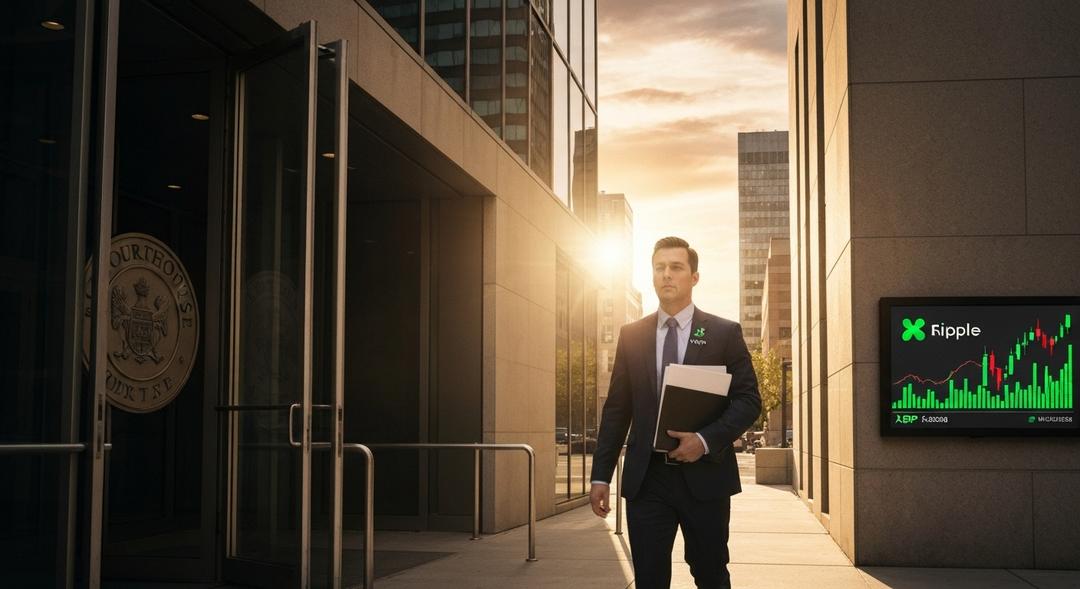The White House issued an executive order on August 7 this year. The mandate encourages broader access to alternative assets in employer retirement plans.
For the very first time, digital assets like cryptocurrencies are specifically included under these alternative investments. The directive from the White House instructs the Labor Department to prioritize regulations that make it easier for Americans to add such assets to their retirement portfolios. Industry leaders in digital assets welcomed the change, viewing it as more freedom for Americans to choose investments that suit their long-term goals. This move comes at a time when retirement assets in the United States total nearly twelve trillion dollars.
The presidential order does not force employers to add crypto as an investment choice. Instead, it is designed to remove roadblocks, permitting retirement savers to consider a wider variety of assets if they so choose.
Employers have traditionally relied on the default option defined by the Qualified Default Investment Alternative. This protects employers from lawsuits if the chosen fund underperforms for employees who have not actively selected investments. The Pension Protection Act, passed in 2006, created this safe harbor for employers.
Enrolling in a 401k plan usually comes during the stressful process of starting a new job. Many employees simply accept the default choice presented by the employer, never changing their selection. This often means holding a target-date fund that automatically shifts its balance as retirement approaches.
Statistics confirm the stickiness of these defaults in American retirement plans. Vanguard’s recent report underscores that auto-enrollment is now present in sixty-one percent of retirement plans. In these plans, over ninety percent of employees participate in the plan, compared to sixty-four percent when enrollment is voluntary.
Ninety-eight percent of plans that offer a qualified default investment use target-date funds as the primary option. A large majority of contributions, about sixty-four percent, are directed to these target-date funds. Notably, most people never make a change to their original selection after enrolling. In fact, only one percent of target-date fund users made a single trade in 2024.
There is little motivation for employers or fund managers to alter this system. Each participant in the chain benefits from more assets being collected and staying put. For most workers, managing a retirement account does not take priority, resulting in a widespread lack of action and few adjustments over time.
The introduction of digital assets into retirement options could be transformative. However, unless these assets are included as part of the default investment route, most savers may not benefit. Very few individuals bother to analyze the multitude of investment options available or to swap into new asset classes, even if they have the potential to outperform traditional funds.
Some employees closely follow financial trends and demand better access to alternatives, including crypto. These proactive savers will likely benefit from the expanded choices encouraged by the executive order. For the vast majority, however, investment inertia means they stick to the path of least resistance.
Current retirement plan structures reward this inertia, making it convenient for participants to stay on autopilot. The system has succeeded in increasing participation rates, but possibly at the cost of innovation in portfolios.
While digital assets continue to attract attention as potential high-performing investments, the challenge remains in making them accessible within mainstream retirement options. If such assets are only added as one of many self-selected options, adoption will likely remain low among average savers.
To encourage broader adoption, asset managers and plan sponsors would need to consider including digital assets as a default or in qualified default investment alternatives. This may require overcoming regulatory hurdles, developing new fund structures, and educating employers and workers about the risks and opportunities involved.
Efforts to Start Cloud Mining and similar innovations represent just one avenue for making digital assets more mainstream. The direction set by the recent executive order suggests that the coming years may bring new products and strategies targeted at retirement savers.
Conclusion
Retirement plan participants in the U.S. mostly rely on default options, missing many opportunities for diversification and growth in their portfolios. The recent executive order could offer a turning point by allowing digital assets to break into mainstream retirement plans.
Whether these changes radically shift retirement savings depends on how accessible and visible new choices become for the average worker. If digital assets remain tucked away as optional selections, most Americans may simply follow the path already set for them, leaving a potentially significant source of growth untapped.

Ewan’s fascination with cryptocurrency started through his curiosity about innovative technologies reshaping the financial world. Over the past four years, he has specialized in cloud mining and crypto asset management, diving deep into mining contracts, profitability analysis, and emerging trends. Ewan is dedicated to helping readers understand the technical and economic aspects of crypto mining, making complex information accessible and actionable.




